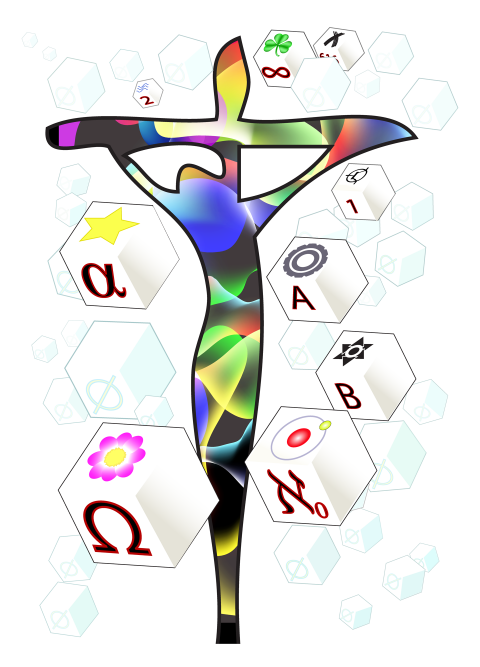
Illustration by S P Wilcock (click to see larger version)
|
I used to think the subway was a foretaste of Hell: the shuddering screech of brakes; the hot clammy carriages full of strangers with dead eyes, already bored with the coming day's torture. I tried to play my usual game of guessing everyone's sins, but my heart was no longer in it. I knew the remedy. My right hand kept fiddling with the small plastic bottle in my jacket pocket. One-handed, I tried to open the child-proof cap, knowing it couldn't be done. If I wanted a pill, I would have to let go of the ceiling-strap and use both hands to open the bottle in full view of the other passengers. The bottle wasn't distinctive, and they had no idea who I was or where I worked, but I let imagined scorn dissuade me. I had to cut down. I was cutting down, I told myself firmly. Yesterday was my third day without one. Yes, and look how that turned out. |

Illustration by
S P Wilcock (click to see larger version)
This story arose from the same discussion that also sparked "Mr Tastee". Back in 1998, my friend Sean and I were both fresh-faced wannabe writers. A British magazine had announced a contest for alternate history stories, and we got together to brainstorm ideas.
We agreed that we were tired of routine AH stories that used familiar historical events as branching points, and we decided that we should try something more ambitious. I suggested going right back to the beginning for a point of divergence, using the most important event in human history — which in Christian terms would be the Fall. Suppose Adam and Eve never succumbed to temptation and ate the fruit of the tree of knowledge... what would the ensuing world look like? We batted this idea around, coming up with a few possibilities, but none sufficiently compelling to write a story about. (I'm still interested in this concept, and I still haven't come up with a satisfactory treatment of it — maybe one day I'll get a flash of inspiration.)
Yet the religious implications of alternate history, and specifically the "many worlds" interpretation of quantum mechanics, felt like interesting territory to explore. We started talking about what it meant for the soul if new universes were constantly branching off. Were new souls created every time? Were there infinite versions of Heaven, one for each universe with its own population? Surely not. There must only be one God, one Heaven and Hell, and therefore one soul for every person — across all the universes. The soul spans all possible lives you might lead, including the effect of every circumstance and temptation. When you die, you are not just judged on your own actions, but those of all your parallel selves. This means that you could be virtuous in any single universe, but still end up going to Hell if most of your alternates were evil; or you could be a murderer, yet go to Heaven if your alternates were saintly enough to outweigh that.
This cosmology emerged in conversation, so was neither my idea nor Sean's, but our joint creation. Therefore we both felt sufficient ownership to write stories based on it. A good idea can support more than one story, so we didn't worry about competing with each other.
Our challenge was to convert a rather abstract concept (shared souls across parallel universes) into drama and plot. We took very different approaches. Sean's version had a character travelling between universes and meeting the alternates who shared his soul. My version centred on the doctrinal implications, and was set in an alternate history that branched off when "Galileo convinced Pope Urban VIII that dogma must adapt to knowledge, and not vice versa". (In our universe, of course, Galileo was forced to recant. Not everyone knows this, as I discovered when people read the story. One problem with alternate history is that it often relies on readers' knowledge of the actual history it varies from — this partly explains the overuse of familiar divergence points such as WWII and the American Civil War.) To further explore the intersection of science and religion, I had my protagonist addicted to "faith pills" as the only way he could retain his faith in a world where doctrine kept changing to accommodate the latest discoveries. (The concept of drug-induced religious belief was recycled from my earlier story "Monochrome" — I considered it a good enough idea to use again.)
It was a technical challenge to write a short story using such abstruse thematic material, but I felt that I'd successfully created a thought-provoking narrative that explored genuine moral issues in a meaningful way. "The Scaffold" remains one of my favourite stories.
The illustration above was created by S P Wilcock for the magazine Scifia when they reprinted the story in 2012.